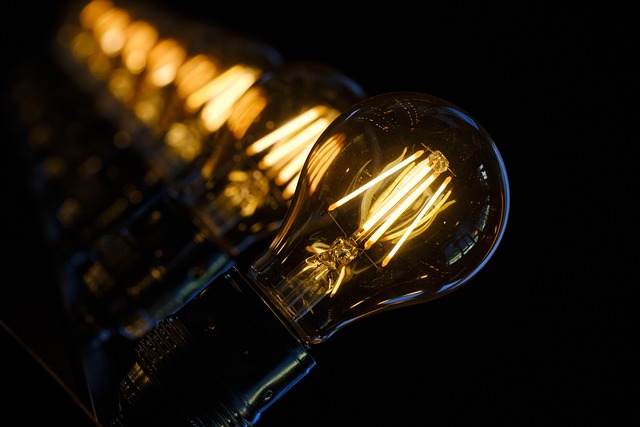In today’s world of television, the visual experience is paramount, and at the heart of that experience lies one critical element: lighting. As avid viewers, we often find ourselves immersed in the rich landscapes of our favorite shows, unaware of the subtle yet powerful influence that lighting techniques exert on our viewing. Mastering lighting techniques is essential for anyone involved in television production, from filmmakers to lighting technicians, and offers viewers a deeper appreciation of the artistry behind their screens.
In the realm of display technology, monitors play a crucial role in how lighting is perceived. Modern displays equipped with advanced LED technology allow for vibrant colors and deep blacks, enhancing the overall visual experience. However, the effectiveness of these monitors is contingent upon optimal lighting conditions during both filming and viewing. Dynamic lighting not only sets the emotional tone of a scene but also highlights the craftsmanship involved in television production.
Understanding the fundamentals of lighting can significantly improve visualization techniques in television broadcasts. It isn’t merely about illuminating the subject; rather, it’s about telling a story through light. Utilizing different lighting setups, such as three-point lighting, can create dramatic shadows and highlights that add depth to the on-screen action. Additionally, the right color temperature can evoke specific emotions—cooler tones for a tense moment, or warmer tones for cozy scenes—allowing viewers to connect more deeply with the narrative.
As we delve into the intricacies of display technology, it’s important to highlight how the advancements in HDR (High Dynamic Range) have revolutionized the way we appreciate lighting in television. HDR enhances the contrast between the darkest and brightest parts of an image, making lighting more dynamic and visually compelling. This technology allows for a wider spectrum of colors and luminance levels, immersing the audience in a more authentic and textured visual experience.
Moreover, the perception of lighting can differ from one monitor to another, highlighting the critical nature of calibrating displays for optimal performance. Proper calibration ensures that the colors and brightness reflect the creator’s intent, enabling viewers to experience the narrative as it was designed to be seen. This is where the synergy of lighting techniques and display technology integrates to elevate the television viewing experience.
From backlighting to softbox techniques, there’s a spectrum of lighting methods employed by industry professionals to manipulate how visuals are presented on-screen. Beyond the technical approaches, it’s essential to appreciate the artistry that proficient lighting brings to storytelling. It allows shifts in mood and atmosphere, guiding viewer emotion and enhancing engagement with the plot. As technology continues to evolve, so too do the possibilities for creative lighting solutions that captivate audiences.
As we continue to explore the ever-expanding capabilities of television and monitor display technology, one thing remains clear: lighting is more than just a practical tool; it is an art form that shapes the very way we consume and enjoy media. By understanding the relationship between lighting and visualization, both creators and audiences can deepen their appreciation for the craft of storytelling in television.




